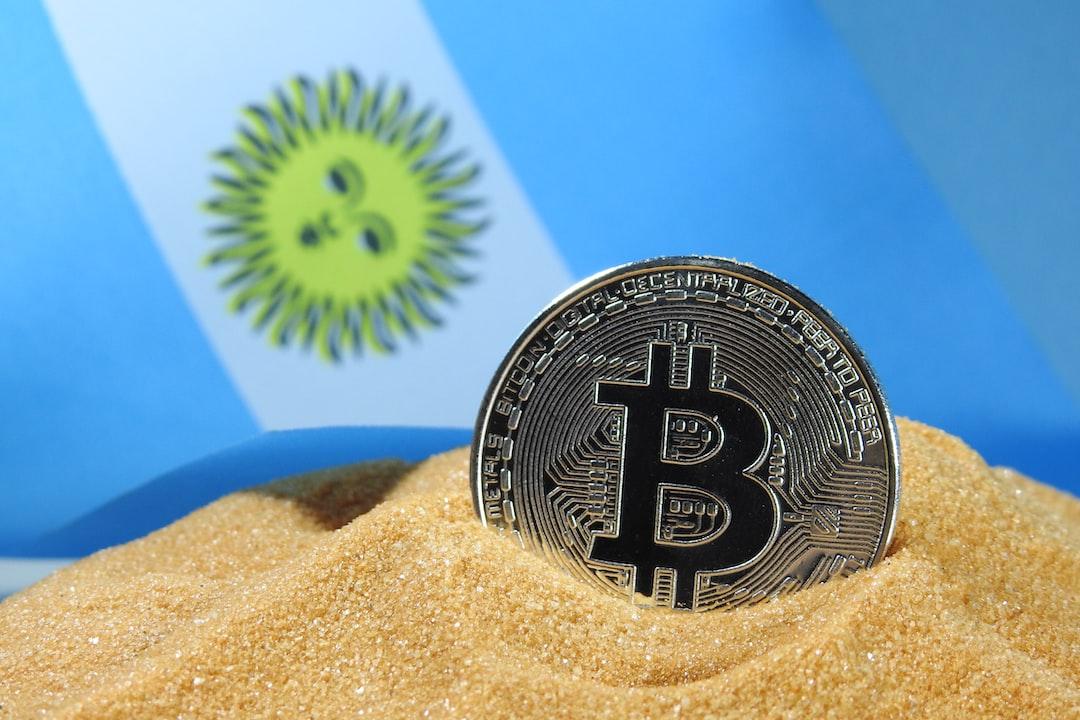Disclaimer: The opinions expressed in this article are the personal views of the author and do not reflect the views of the editorial team at crypto.news.
Much has been discussed about the impact of crypto donations during Russia’s invasion of Ukraine two years ago. However, there is a notable absence of discussion about using crypto as a means of payment for vital humanitarian aid during conflicts, where immediate action is crucial to save lives. Large sums of funds remained untouched as there were challenges in converting them into fiat for practical use. If crypto payments were more widely accepted, the response time could have been much quicker.
In a significant move on Feb. 26, 2022, the Minister of Digital Transformations, Mykhailo Fedorov, announced that Ukraine would accept donations in Ethereum (ETH), Bitcoin (BTC), and Tether (USDT). Within the first few days of this announcement, the Ukrainian government raised over $13 million. Over the span of two years, Ukraine received more than $225 million in crypto donations from supporters across the globe. The use of crypto as a fundraising tool proved to be efficient and cost-effective for international transfers.
NFT donations also saw a surge, with high-profile contributions like a CryptoPunk NFT worth $200,000 and the auction of the Ukrainian flag by UkraineDAO for $6.5 million in ETH. Despite the relatively small portion of crypto donations compared to fiat, the increase in crypto contributions during this period was significant. The decentralized nature of crypto makes it ideal for international fundraising efforts.
However, challenges arose when it came to converting crypto donations into fiat for practical use. Many organizations and volunteers faced difficulties in converting digital currencies due to operational suspensions by several crypto exchanges in Ukraine. The lack of clear regulatory frameworks in Ukraine hindered the seamless use of crypto payments, leading to delays in the deployment of critical aid.
To fully leverage the potential of crypto payments in times of crisis, a clear regulatory framework is essential. Without proper guidelines, the use of digital currencies for transactions remains restricted in Ukraine. Efforts to establish regulations have been met with challenges, with ongoing discussions on creating a regulatory framework that addresses taxation and operational issues.
While crypto donations have played a crucial role in supporting Ukraine during the conflict, the lack of clear regulations and imposed restrictions have hindered their effective use as a means of payment. Addressing these regulatory challenges is crucial to ensure timely and transparent use of crypto donations for humanitarian aid. Streamlining the process will not only expedite aid delivery but also enhance accountability and transparency for donors.

